Shear Force and Bending Moment Diagrams
The beam is one of the most important structural components. Beams are usually long, straight, prismatic members and always subject forces perpendicular to the axis of the beam.
- A Shear Force Diagram (SFD) indicates how a force applied perpendicular to the axis (i.e., parallel to cross-section) is transmitted along the length of that beam.
- A Bending Moment Diagram (BMD) will show how the applied loads to a beam create a moment variation along the length of the beam.
Types of Supports (a) Roller Support – resists vertical forces only.

(b) Hinge support or pin connection – resists horizontal and vertical forces
- Hinge and roller supports are called simple supports
(c) Fixed support or built-in end
- The distance between two supports is known as “span.”
Types of beams: Beams are classified based on the type of supports: (1) supported beam: A beam with two simple supports
(2) Cantilever beam: Beam fixed at one end and free at other
(3) Overhanging beam
(4) Continuous beam: More than two supports
Shear Force
Shear force tends to slide the surface; it acts parallel to the surface.
![]()
![]()


Only for distributed load, not for a point load.
Bending Moment
Any moment produced by forces acting on the beam must be balanced by an equal opposite moment produced by internal forces acting in the beam at the section. This moment is called the bending moment.

Only for distributed and concentrated load, not for a couple.
- The necessary internal forces to keep the segment of the beam in equilibrium are
Differential equations of equilibrium
Sign Conventions :
So the differential equations would be:


From the equation  , we can write.
, we can write.
From the equation ![]() , we can write.
, we can write.
![]()
Statically Determinate Beam
A beam is said to be statically determined if all its reaction components can be calculated by applying three conditions of static equilibrium, i.e.,
![]()
Statically Indeterminate Beam
When the number of unknown reaction components exceeds the static equilibrium conditions, the beam is statically indeterminate.

You can avail of BYJU’S Exam Prep Online classroom program for all AE & JE Exams:
BYJU’S Exam Prep Online Classroom Program for AE & JE Exams (12+ Structured LIVE Courses)
You can avail of BYJU’S Exam Prep Test series specially designed for all AE & JE Exams:
BYJU’S Exam Prep Test Series AE & JE Get Unlimited Access to all (160+ Mock Tests)
Thanks
Team BYJU’S Exam Prep
Download BYJU’S Exam Prep APP, for the best Exam Preparation, Free Mock tests, Live Classes.




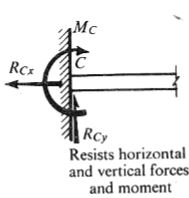

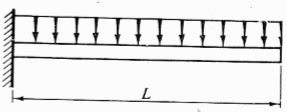

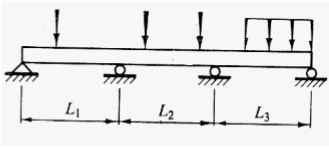
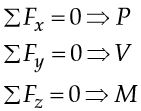
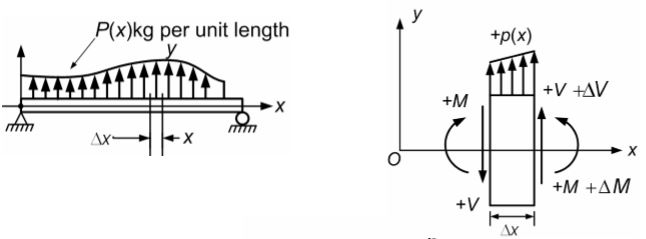
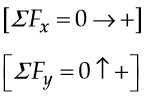





Comments
write a comment